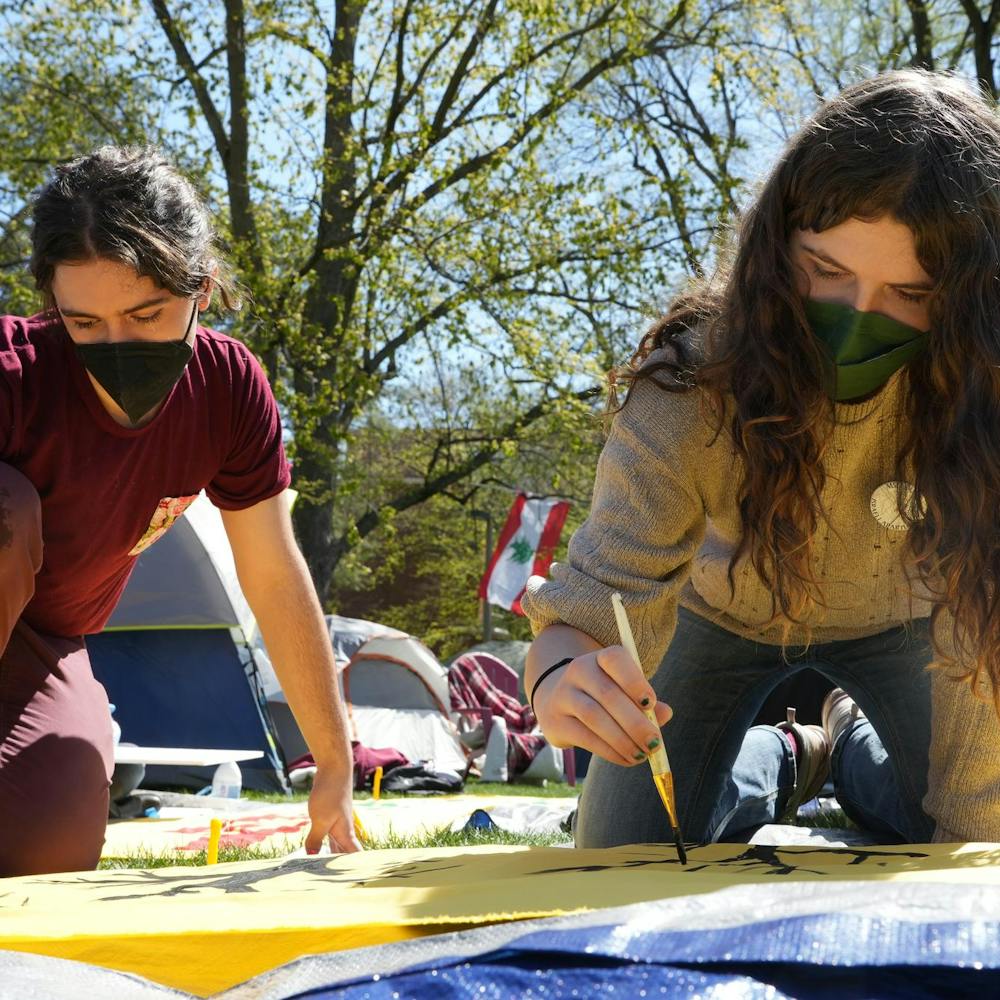Last year, I escorted two young women through their first experiences of Mardi Gras. I considered myself capable of doing so because I lived in the New Orleans area for more than 20 years. After performing that task, I realized outsiders need some tutoring before venturing into the confusing and strange experience of Mardi Gras and all the events preceding it.
First, a visitor must be instructed on pronunciation and usage of certain terms. Mardi Gras is the last day of Carnival, which is a period of extravagant parades, formal dances and general merrymaking. A visitor should avoid referring to the festivities as the Mardi Gras, as in the often-used phrase, “We going to New Orleans to see the Mardi Gras!” That is as ridiculous as someone saying, “I’m going to Times Square to see the New Year’s Eve!”
Additionally, the word Gras rhymes with bra because the “s” is silent. Anyone so naive as to pronounce it “grass” will encounter mocking laughter from any locals within earshot of such an anglicized pronunciation. Finally, a tourist should learn to properly pronounce the name of the city before arriving. New Orleans is correctly pronounced with four syllables (New OR-le-ans), not New Or-LEANS (rhyming with jeans). That second and incorrect pronunciation irritates the ears of New Orleanians more than the sound of a fork scratched across a chalkboard.
I also feel the need to clear up some misconceptions about the activities that occur during Carnival. Movies, TV shows and other media productions often distort various aspects of this season. The national perception of Carnival is that of a crowded public peep show with widespread drunkenness and lewd acts occurring in the streets. Such a negative overgeneralization must be challenged and clarified.
Carnival in New Orleans does include some elements of debauchery and perversity. One can find people dressed in drag and various bizarre costumes. One may witness drunken female college students baring their bodies in exchange for strings of plastic beads. Such experiences can be expected when a huge number of intoxicated people are surrounded by costumed freaks and others eating cakes covered with purple, green and golden sugar and containing a tiny plastic baby doll. (That last reference is to king cakes, a traditional dessert of Carnival resembling French bread; and the gaudy colors associated with the festivities.)
The entire city and surrounding areas do not feature all of the same elements at Carnival time. The lewdness is largely confined to the French Quarter, the oldest section of the city. The other areas of the city such as the Central Business District and the Mid-City area are the locations preferred by families to watch parades. Displays of nudity are met with vocal opposition by parents and obvious drunkenness is considered inappropriate for those locations. Anyone wishing to take part in sexually provocative and alcohol-infused activities should stay on Bourbon Street and in the rest of the French Quarter.
Contrary to media portrayals, incidents of women baring their breasts or other body parts in order to receive beads are recent phenomena. These occurrences, including men flashing their anatomy, gradually have grown more prevalent since the 1970s. However, it was and still is the case that the overwhelming majority of those exposing their bodies are tourists. These outsiders are usually intoxicated beyond the point of exercising any common sense. New Orleans at Carnival time becomes a place where visitors toss their inhibitions and better judgment to the wind. They engage in activity they would never consider doing in their communities at any time of the year.
With the prevalence of video cameras and the ability of photographers to post images of the flashers on the Internet, many visitors have found people back home see evidence of their debauchery, along with millions of strangers. The New Orleans Police Department has been cracking down on displays of nudity during the past few years by arresting offenders.
One of the main features of Carnival includes the parades. Groups known as “krewes” organize parades that follow predetermined routes. Locals pay to join these krewes and are allowed to ride decorated floats. The members toss trinkets to the crowds along the parade routes. Thousands of people fill the streets of the French Quarter and areas where parades are scheduled to pass.
As for the parades, I advise neophytes to experience them with certain issues in mind. First of all, pickpockets prowl the crowds. Secondly, people should dress comfortably, because one may stand for hours before the parades start, and sitting on curbs littered with garbage may prove to be unpleasant.
Additionally, businesses near parade routes charge extraordinary rates to sit inside or even use their restrooms. It is foolish to fight with others in the crowd over the cheap plastic trinkets thrown by the float riders. Most of the strings of beads, plastic drinking cups and other items cost very little and can be purchased in some stores in the area.
Visitors should not pick up the brightly colored metallic discs resembling coins, called doubloons, without stepping on them first. Locals usually step on a doubloon that hits the ground to claim it as theirs and do not care if they crush an outsider’s fingers in the process. Finally, any attempt to use the doubloons as currency will be greeted by indignant sneers or sarcastic comments in local businesses.
My advice to anyone heading to New Orleans for Carnival can be summed up as this: Speak with the correct lingo, stay sober enough to watch out for those who are looking to take advantage of tourists and, most importantly, do not flash your body parts in public unless you enjoy being handcuffed and strip-searched by law enforcement officials.
John La Fleur, State News community columnist, can be reached at johnlafleur@lycos.com.






